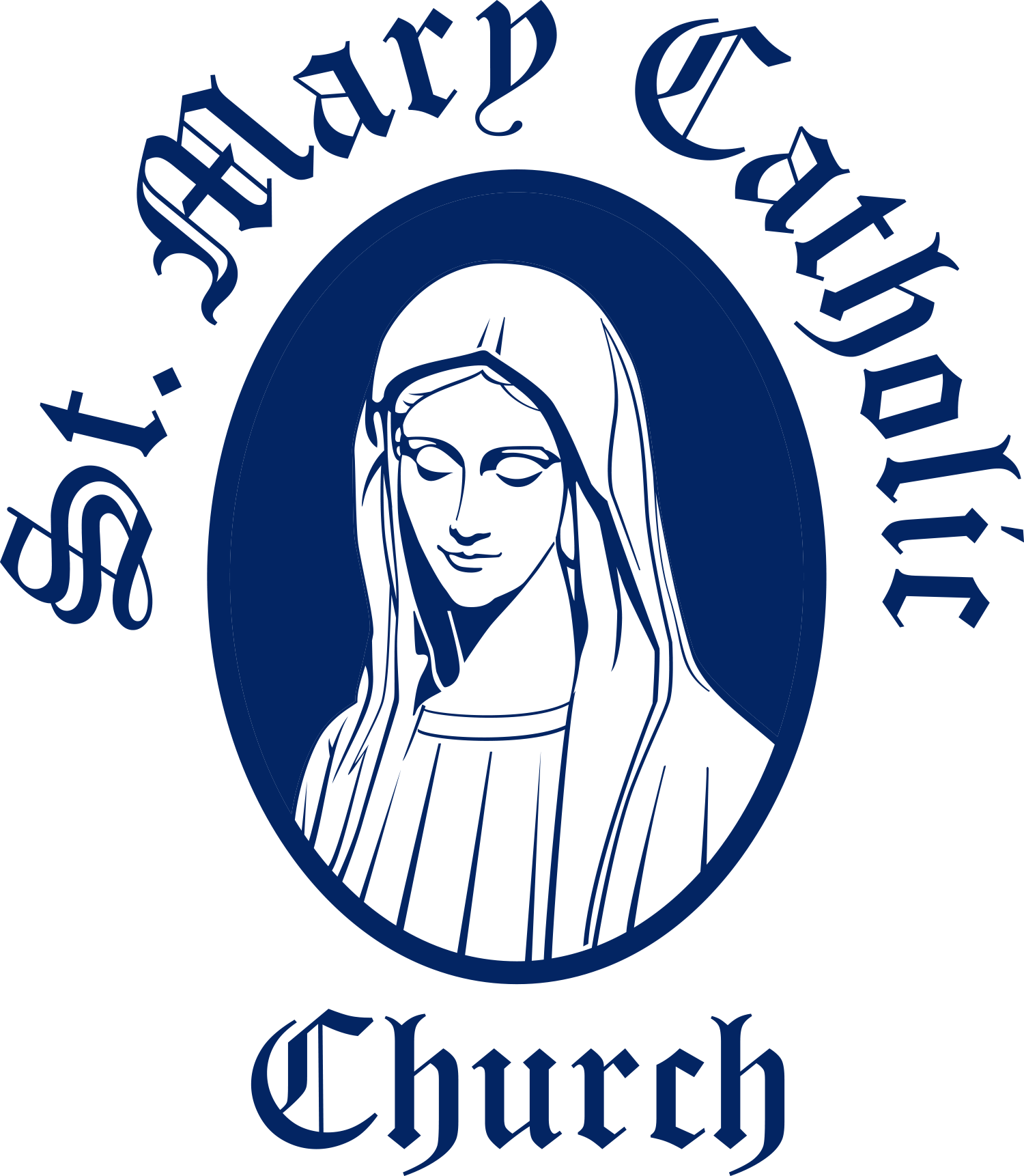
BAPTISM
Baptisms are normally celebrated on Sundays after the 10 am Mass and before the 12:30 pm Mass (around 11:20), but may also be celebrated at other times on the weekend to meet the scheduling needs of the family.
Instruction classes are required for the parents before a baptism may take place. The parents must also show their commitment to the Catholic faith by making a concerted effort to attend Sunday Mass. If they have older children, those children must be receiving catechetical instructions appropriate to their age.
Sponsors must be practicing Catholics, themselves confirmed, if married, married in the Catholic Church, and if not married, living according to the laws of the church. They must have a letter of recommendation from their pastor before serving as sponsors.
Dates for baptism may be set once the instructions are completed, parents have met with the pastor of Saint Mary’s to provide all necessary information for our records, and the sponsors have been approved.
CONFESSION
Confessions are heard daily (Monday through Friday) from 11:00 am until 12:00 Noon, and on Saturdays from 11 am to 12 Noon, 3 pm to 4 pm, and 6 pm to 7 pm. Confessions will continue until are heard unless the priest hearing confessions needs to leave at the time confessions are scheduled to end (for instance, to celebrate Mass), in which case we will try to resume confessions as soon as possible, usually after Mass.
We do not schedule any confession times on Sundays, or on Holy Days of Obligation or civil holidays. If one of the priests is available on Holy Days or civil holidays, he may avail himself to hear a few confessions.
HOLY EUCHARIST
Masses to fulfill the Sunday obligation are celebrated on Saturdays at 4:00 pm (the anticipated Sunday Mass), and on Sundays at 8:00 am, 10:00 am, 12:30 pm, and 5:00 pm.
Daily Masses are offered Monday through Saturday at 12:10 pm, Monday through Friday at 7:00 pm.
For Holy Days and holidays, please check the bulletin for the Mass schedule.
CONFIRMATION
The sacrament of Confirmation is celebrated in the spring-time at the Easter Vigil Mass.
Preparation for Confirmation for children is done through our CCD program.
Preparation for Confirmation for adults varies. Please contact the parish office if you are interested in getting confirmed 402-435-2125.
MARRIAGE
Weddings are normally celebrated at Saint Mary’s on Saturdays, at either 2:00 pm, or at 6:00/6:30/7:00 pm. They may also be celebrated on Fridays or other weekdays at or before 5:30 pm. Dates are reserved on a first-come, first-served basis with a $250 deposit check (which is refundable if the couple’s plans change). Both parties must be free to marry in the Church.
All couples must complete the FOCCUS Inventory, the Engaged Encounter Weekend, the Natural Family Planning course, the review of faith and instructions on the sacrament of marriage, and provide all necessary paperwork before the wedding may take place. It is incumbent upon the couple to make sure that all requirements have been fulfilled.
Photography for weddings is limited to 45 minutes either before or after the wedding.
There is no charge for registered parishioners who live within Saint Mary’s boundaries to receive the sacrament, other than the $250 deposit (used to pay the organist) and the cost of the Engaged Encounter weekend.
Non-parishioners may arrange to have their weddings at Saint Mary. However, they will be charged $300 for us to do the prep work, $300 for one of the Saint Mary priests to provide the ceremony, and must have the permission of the pastor from their parish of domicile.

